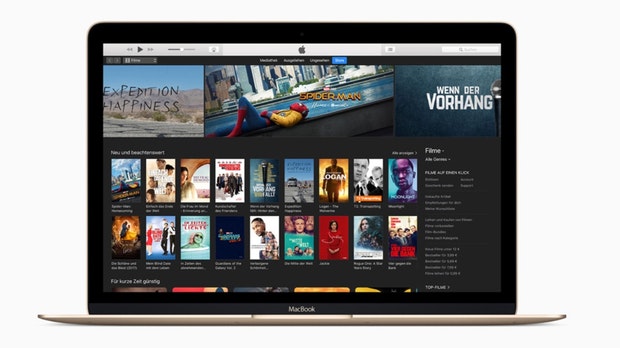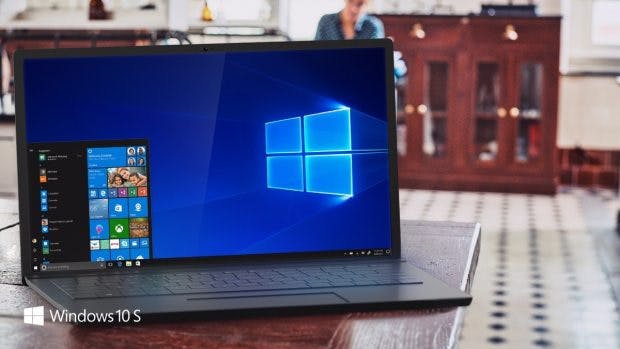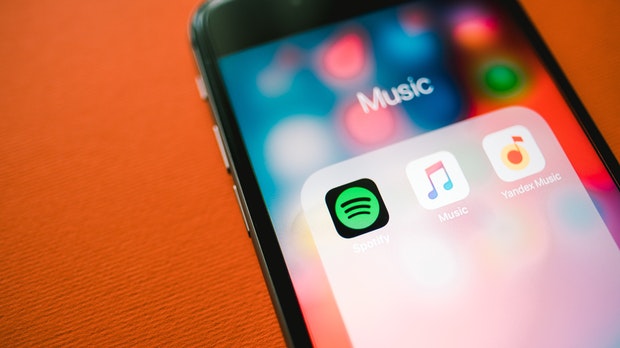
Spotify for 10 years: pioneering the streaming revolution
Hear exactly the song you want anytime, anywhere? It used to be unimaginable. Teens once spent countless hours in record stores looking for new albums. If a favorite song came on the radio, it was frantically recorded on cassette. And the local pub was often selected for the best jukebox. But then came the Internet, which completely changed the music industry.
From piracy to streaming
It was only with the invention of the MP3 format in the 1990s that all music ever recorded could end up on the Internet – as a pirated copy by the once overpowering record companies. The Napster music exchange became a symbol of the new era. When the industry’s business model seemed to evaporate, Apple came to the rescue: the iPod player and iTunes downloads for 99 cents per song convinced consumers to pay for music again. Finally, legal purchases were as convenient as pirated copies were before. The next step was streaming, in which the titles do not even have to be saved on the device, but can be played directly from the network. And the success of this model is inextricably linked to the Spotify name.
The startup from Sweden, which went online in several European countries on October 7, 2008 after a deal with the music companies, was by no means the first streaming service. Platforms such as Rhapsody or Napster, reborn as a legal offer, have been trying to establish the model for years. The idea of gaining access to catalogs of millions of songs for a monthly fee seemed attractive, but was hampered by problems with implementation.
The right offer at the right time
Spotify, however, was launched at exactly the right time: Apple’s iPhone paved the way for the smartphone as the ubiquitous mobile computer – and the expansion of the mobile Internet provided a constant connection. Nevertheless, the Swedish company had to overcome a lot of resistance.
A central point of contention was that founder Daniel Ek believed in a so-called “Fremium” model: On the one hand, Spotify can be used free of charge, even if you have to accept commercial breaks and restrictions on skipping songs. But there is also a payment option. Ek’s thesis: With a free model, you can first get users onto the platform and eventually convince them to pay for a subscription. The music industry, plagued by the trauma of rampant online piracy, was initially unsure of this approach.
Perseverance pays off
Because the concept also meant that artists and music companies had to be patient and have to be content with meager proceeds from the free version of Spotify for years. Musicians like Talking Heads frontman David Byrne or Thom Yorke from Radiohead complained about measly remuneration for millions of views, Taylor Swift temporarily withdrew her music from Spotify in a media-effective manner.
In the long run, however, Ek should be right: Spotify now has 83 million paying subscribers with a total of 180 million users. This makes the Swedish service the clear number one in the streaming business – ahead of Apple, which, thanks to its iPhone market share, has more than 50 million subscription customers even without a free version. Thanks to the success of streaming services, consumer spending on music is also growing again after a long dry spell.
Every second internet user streams music today
In Germany, according to a recent study by the IT association Bitkom, every second Internet user is currently streaming music, and among 14 to 29 year olds it is even two thirds. Five years ago, on the other hand, music streaming was a marginal phenomenon in this country. At that time, only one in ten internet users used the corresponding offers.
Accordingly, it took a long time in Germany for the market to adapt. It was only this summer that streaming made for the first time more money than selling CDs. According to the figures from the Federal Association of the Music Industry, services such as Spotify, Apple Music or Tidal recorded an increase of 35.2 percent to 348 million euros in sales in the first half of 2018. Streaming thus had a market share of 47.8 percent. At the same time, the CD business collapsed by 24.5 percent to 250 million euros. In Sweden, home of the market leader Spotify, streaming has been the top-selling area since 2012, and in North America since 2015.
German artists initially skeptical
Many German artists also refused for years to offer their music on the streaming platforms. Little by little, artists like Die Toten Hosen or Herbert Grönemeyer realized that they also had to rely on these digital channels. As one of the last German bands, Die Ärzte reported themselves: “In order to guarantee a worldwide, all-day supply of real Die-Ärzte music in the future, we will also be offering all non-prohibited Die-Ärzte albums for the Stream to. “
But they too still rely on the good old sound carriers: “Since the beauty and feel of our works is still important to us, it will of course continue to be CDs and vinyl records (these are those big, heavy, round, black discs with the strange ornamental patterns on both sides). ” dpa















